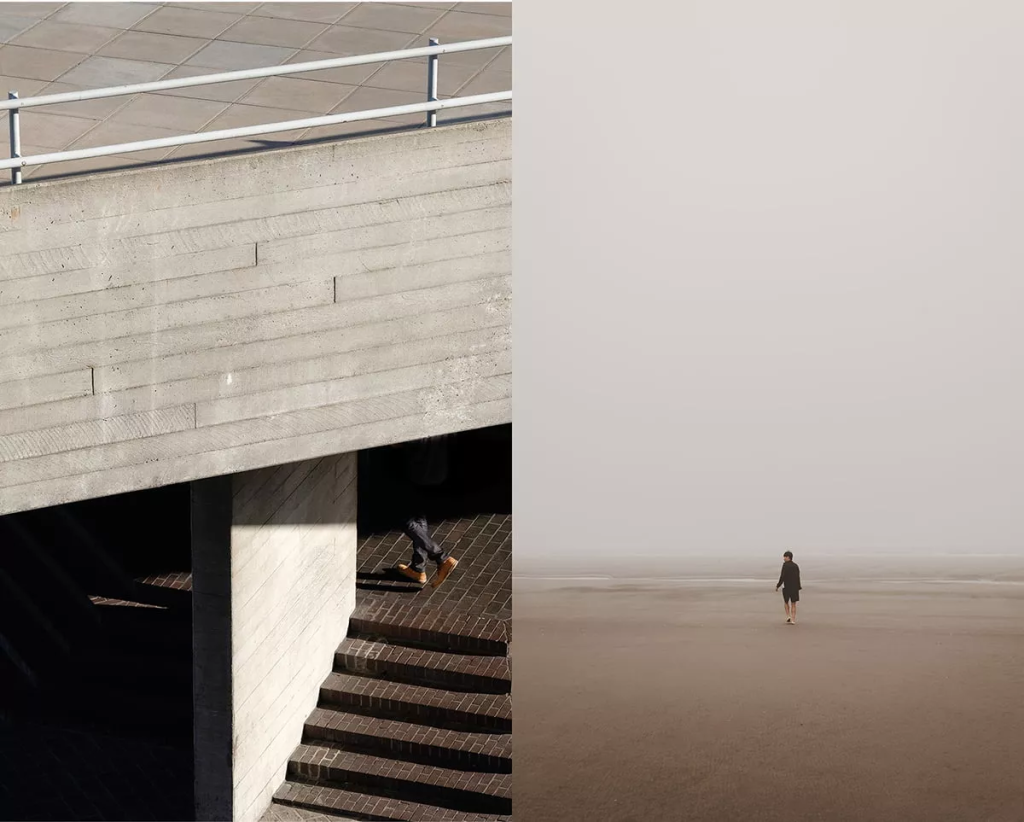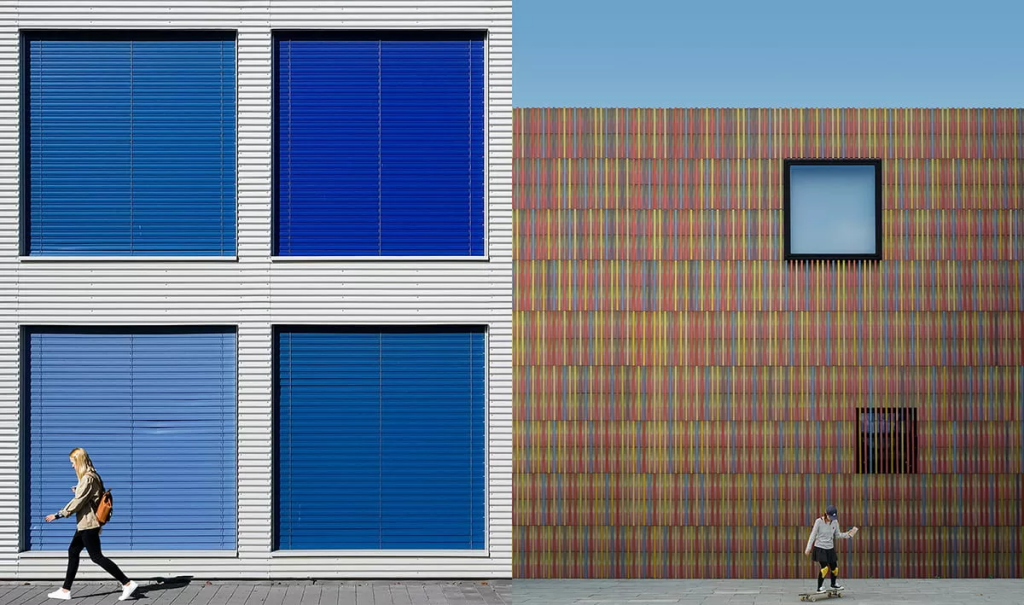The French writer Antoine de Saint-Exupéry once said:“Perfection is not achieved when there is nothing more to add, but when there is nothing left to take away.”
This quote perfectly captures the minimalist approach, as what is left out of a photo is often just as important as what is visible.
Although minimalist photographs may appear simple, composing them can be surprisingly difficult, and every shot needs to be carefully planned.
What is minimalist photography?
Minimalist photography is hard to define, and there are as many interpretations of it as there are photographers. In general, however, minimalist photos tend to be simple and make use of negative space along with a limited number of carefully selected lines, colors, and shapes to draw the viewer’s attention to the main subject.
Minimalism began as an artistic movement in New York in the late 1950s, when artists started moving away from abstract art, which had been popular with the previous generation. Today, minimalism is widespread in architecture, design, fashion, and photography.
If you’re unsure where to start with minimalist photography, begin by familiarizing yourself with the genre and some minimalist photographers from recent years. A few well-known photographers who have embraced the minimalist approach in their work include Michael Kenna, Andreas Gursky, and Fan Ho.
Less is more
Although “less is more” may be a bit of an oversimplification of what minimalism is all about, minimalist photography typically focuses on a single subject. Everything else in the image should either direct attention to the main subject or enhance it in some way.
Deciding what to include in your photo is probably the most challenging aspect of minimalist photography. If there are several interesting elements in a scene—like a bird, a tree, and a house—you’ll need to decide which ones to include and which to leave out.
Keep in mind that while it’s sometimes possible to crop out unnecessary distractions later, it’s always better to avoid them in the first place by moving or changing your angle during the shoot.

Composition is Everything
To successfully create minimalist photos, you must first understand how to compose a strong image. The well-known rule of thirds — based on the idea that images are generally more interesting when the subject is not centered — is a good starting point. But there are many other compositional tricks you can use when shooting in a minimalist style, such as using leading lines, framing, or isolating your subject by using a shallow depth of field.
Include Plenty of Negative Space
In art, photography, and design, the term “negative space” or “white space” refers to the empty area between or around objects. By leaving plenty of negative space in a photo, you can draw attention to your subject and emphasize certain shapes and sizes. When studying examples of minimalist photography, pay attention to how photographers have used negative space to highlight or emphasize their subject.

Color, Patterns, and Textures Can Be Powerful Tools
Colors, textures, and patterns can also be powerful elements in minimalist photography. Most minimalist photos contain no more than two or three colors, patterns, or textures, so the few that are present should complement each other or add contrast in some way.
For example, placing two bold colors or textures side by side can create a striking image — like a golden wheat field under a clear blue sky or a bright yellow sunflower against a weathered wooden plank.
Lines Lead the Way
Using leading lines is another important tool in minimalist photography. Strong horizontal or vertical lines can direct the viewer’s eye straight to your subject, whether it’s placed in the center of the image or off to the side. Lines can also help create a sense of depth in a photo — for instance, in a tunnel or train tracks stretching into the distance.
So when composing your image, look for leading lines — such as telephone wires, a row of trees, or a narrow path. But remember, the lines should guide the viewer’s eye toward your subject, not away from it or out of the frame.

Find Inspiration in Your Everyday Life
Inspiration for minimalist photography often comes from the most unlikely places, and you never know when it might strike. It could be an interesting pattern you notice in your kitchen tiles, a single droplet of condensation on a rose petal, a solitary tree on a hill, or a fascinating reflection in a puddle of water.
So try to keep an open mind and carry your camera with you whenever possible. Once you start to develop your photographic eye, you’ll begin to see photo opportunities all around you — whether you’re at home, on a train, or in a shopping mall.






